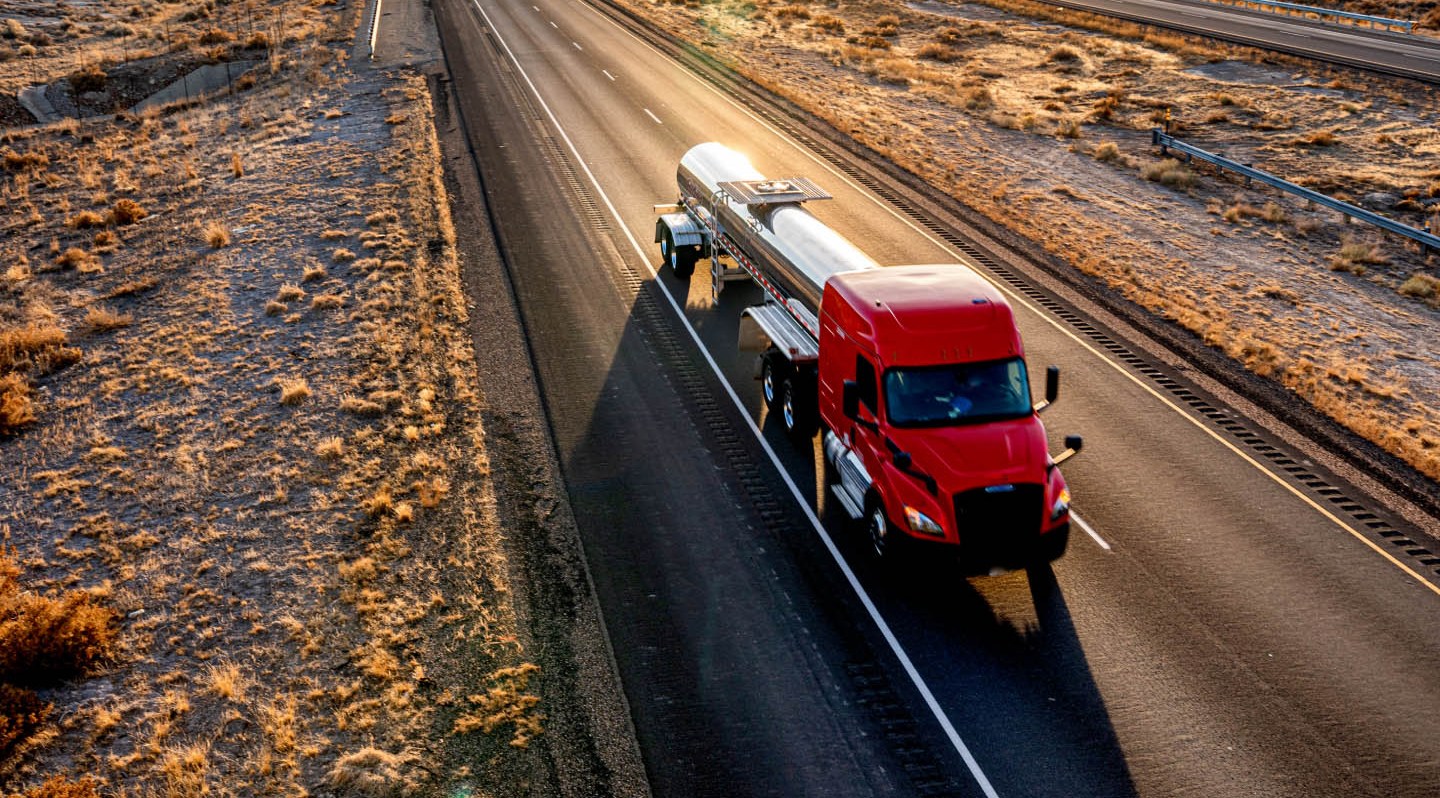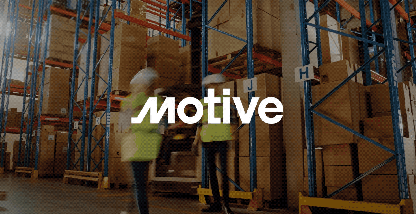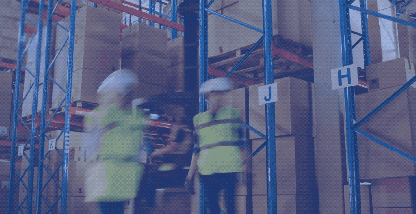After the supply chain crisis of 2021, commercial fleets were looking for a reprieve in 2022. They didn’t get one. Fleets struggled with a shortage of people, materials, and equipment, which meant they had to go heavy on innovation. Here’s a look at the most impactful events of the year — and how commercial transportation companies handled it all.
With record fuel prices, fleets turned to technology to to become more efficient
Businesses and operators won’t soon forget the summer of 2022, when fleet managers thought diesel prices couldn’t get any higher. The price of diesel skyrocketed 55% between January and June 2022, peaking at $5.57 a gallon, according to the Bureau of Transportation Statistics. A lack of U.S. refining capacity, and the export of more than 1 million gallons of diesel a day to Latin America and Europe, led to the record rise in fuel costs as countries sought alternatives to Russian oil.
When the American Transportation Research Institute (ATRI) released its 18th Annual Top Industry Issues report in October, fuel prices topped the list. As record diesel costs cut into companies’ profit margins, fleets turned to fleet fuel management to reduce consumption any way they could. Automated fuel monitoring, anti-idling devices, more efficient routing, and spend management tools were all in demand as commercial transportation businesses looked to improve efficiency and cut costs.
Learn more: For fuel-saving tips from the experts, check out our on-demand webinar: Cutting Fuel Costs With the Help of Technology.
Supply chain issues shifted from the coast to the heartland
It was another rough year for the supply chain as backups shifted from coastal ports to inland warehouses. “The struggle for shipping capacity that has been a hallmark of pandemic-era snarled supply chains is shifting inland,” the Wall Street Journal wrote in August. Equipment shortages stalled the movement of goods, and inflation led to a spike in costs. The lack of available parts caused fleets to hold onto equipment longer.
In construction, non-residential building costs jumped 12.6% year-over-year, with most materials posting double-digit increases. “Costs are rising faster than the rates contractors charge for projects, and it’s eating into their profit margins,” says Brian Turmail, Vice President, Public Affairs & Strategic Initiatives, for Associated General Contractors of America (AGC).
Manufacturing shutdowns in China, ongoing labor shortages, and low water levels on the Mississippi River exacerbated supply chain slowdowns, impeding the commercial transportation of important building materials. “Supply chain flow has been inconsistent, availability has been erratic, and everything has gotten more expensive,” Turmail said. “What we’re learning is that it’s easy to shut down the global economy during a pandemic, and it’s really hard to gear it back up.”
Fleets used AI-based tools to coach and retain workers
For another year, the labor shortage rocked businesses from one end of the physical economy to the other. October data released by American Trucking Associations (ATA) shows the driver shortage improved by a mere 3,000 drivers. That means the trucking industry still needs to hire 78,000 drivers to keep up with demand. In construction, the Associated Builders and Contractors (ABC)put the workforce shortage at 650,000, and economist Anirban Basu called the labor shortage “the most acute challenge facing the construction industry.”
Companies turned to AI-based tools for help, seeing the wisdom in a “train and retain” approach. After all, if you can’t hire workers, develop the ones you have. Forbes spotted the AI coaching trend as early as February, saying, “AI is poised to revolutionize how we coach employees.” The Motive AI Dashcam proved its value as fleets used it to develop safer driving habits in employees. Commercial transportation managers started to see that while hiring is a challenge, training and retaining workers through video-based coaching is a lot easier.
Digital transformation accelerated
Fleets ramped up their digital investments to improve efficiency, safety, and overall performance. With a recession looming, saving time and money was the name of the game. Fleets that used the pandemic to invest in foundational tools made the move to more advanced solutions, seeking to work faster, smarter, and safer than before.
Automation, the Internet of Things (IoT), cloud-based software, and AI-based tools were in demand as fleets saw a strong return on their investment and looked to their peers for inspiration. Across the physical economy, digital transformation empowered businesses to achieve more with less. They did it through automated compliance management, better routing, AI dash cams, and real-time feedback. Companies continued to support remote and hybrid work environments, relying on videoconferencing and cloud-based storage to collaborate.
The U.S. Supreme Court ensured that the AB5 law would go into effect
The U.S. Supreme Court’s decision not to take up the case of the California Trucking Association v. Bonta rippled across the transportation industry, jeopardizing the future of the independent contractor model as the trucking industry has known it. With an estimated 70,000 owner-operators in the state of California, these drivers are the lifeblood of trucking fleets.
The California Trucking Association challenged the AB5 law in court, but the bid failed, allowing the state of California to classify independent contractors as employees instead of contractors. For leased owner-operators and the fleets who rely on them, the law could have costly ramifications. Once the issue winds its way through the appeals process, that is.
There was a close link between driver behavior and future crashes
In the fall of 2022, the American Transportation Research Institute released a report that showed high-risk driving habits reliably predict future collisions. “Having a previous crash increased a truck driver’s probability of having another one by 113%, which is 28.4% higher than the previous ATRI reports,” wrote Fleet Owner about the findings.
Meanwhile, 2022 data from the National Highway Traffic Safety Administration showed an increase in roadway deaths during the first half of the year. The rise continued a trend from 2021, when motor vehicle crashes rose by 10.5%. In crashes involving a large truck, fatalities jumped by 13%, the largest annual percentage increase in the Fatality Analysis Reporting System’s history. Together, these findings drive home the need to coach commercial transportation drivers on unsafe behaviors that put them at risk.
Merger and acquisition activity was strong
In 2022, companies teamed up to weather the economic storm and capture more market share. In its mid-year outlook for deals, PriceWaterhouse Coopers (PwC) addressed M&A trends by sector. In engineering and construction (E&C), the “scorching pace” of M&A activity to start the year petered off in response to economic and geopolitical uncertainty. Nonetheless, PwC’s outlook for E&C deals remains strong, “driven by continued availability of capital and buoyed by the Infrastructure Investment and Jobs Act.”
In transportation and logistics, deals increased in value through the summer, and fleets looked to technology to do more with less. The most “attractive” investment opportunities focused on real-time solutions that conserve fuel, improve routing, and automate operations, and PwC expects to see more of the same in 2023. “Investors [will seek] technology-driven solutions to improve efficiencies and manage costs, especially in today’s inflationary economic environment,” they said.
Global oil and gas exploration fell nearly 60%
International oil and gas exploration plummeted nearly 60% in 2022, leading to record-high fuel costs and months of financial instability for commercial fleets in every sector of the economy. As the Biden administration remains committed to combating global warming, U.S. leaders are walking a fine line on oil-related issues.
Rystad Energy reports that only 44 global lease rounds are expected to take place this year. That’s 14 fewer than in 2021 and the fewest since 2000. Complicating matters, a coalition of oil-producing nations led by Russia and Saudi Arabia announced in October it will cut oil production by 2 million barrels per day. The move was largely viewed as a reproach to President Biden — one that could raise global fuel prices, worsen the risk of a recession, and bolster Russia in its war with Ukraine. But hey, let’s stay positive.
Hurricane Ian ravaged Florida, and technology is driving a rapid rebuilding effort
When Ian made landfall on Florida’s Gulf Coast as a Category 4 storm, it flooded whole counties and ravaged communities. The full extent of hurricane damage won’t be known for months, but early estimates put Ian among the top 10 costliest storms in U.S. history — second only to Hurricane Katrina. With a total financial impact ranging from $65 billion to $120 billion, “Ian left a devastating impact on Florida’s manufacturing, agriculture, and distribution sectors,” Wealthmanagement.com writes.
The good news is, technology is playing a major role in repairing bridges and restoring communities. In Sanibel, thanks to the help of drones and other tech, repairs were completed 12 days ahead of schedule. “Drones made it easier to track progress and do quantity checks as fill was brought in to repair areas that had been washed away,” Construction Dive reported.
Diversity, equity, and inclusion (DEI) efforts picked up
More businesses put DEI initiatives into action this year, and nowhere did DEI take a bigger leap than in construction. After high-profile threats appeared on construction jobsites, leaders made diversity, equity, and inclusion their mission. The second annual Construction Inclusion Week proved it as more than 2,300 companies participated, doubling last year’s attendance.
The 2022 Supply Chain DEI Survey from Gartner and the Association for Supply Chain Management revealed that 75% of supply chain organizations now consider ethnicity and race in their DEI strategies, up from 62% in 2021. In the last year, the percentage of companies with no DEI focus was nearly halved, from 21% to 11%.
Meanwhile, the American Trucking Associations (ATA) announced an award recognizing trucking fleets committed to inclusion.“It’s one thing to talk about improving diversity, but the Change Leader Award identifies industry leaders who are walking the walk every day,” ATA President Chris Spear said in introducing the award. The infrastructure bill also gave rise to the Women of Trucking Advisory Board, on a quest to elevate women in the industry.
For more information about commercial transportation developments in 2022 and a look ahead at 2023, join us for our live webinar with Scopelitis Transportation.








